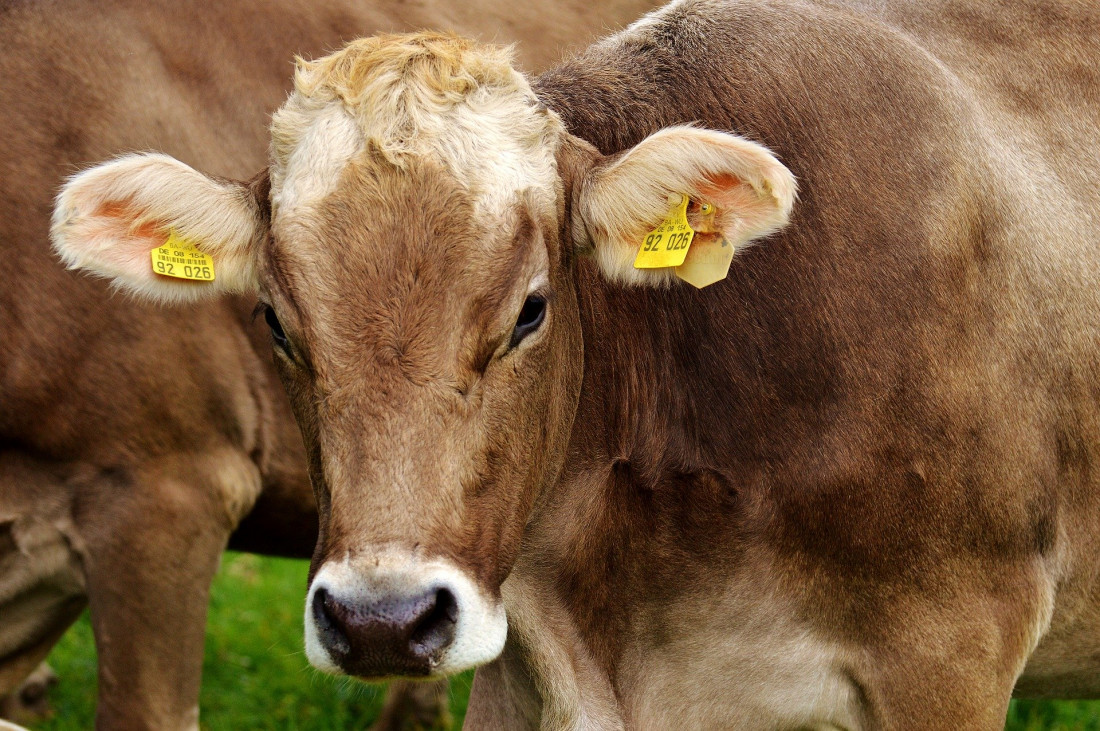According to numerous animal feed industry studies the demand for insect protein as a feed ingredient is set to grow. In fact one recent report from the animal feed journal FeedNavigator suggests that, “The size of the insect feed market is predicted to top $1bn by 2022.”
$1 billion is a lot of money, and a lot of feed manufacturers are hoping to cash in on that prize. In America, for example, Intrexon Corporation and Darling Ingredients have teamed together to, “to significantly expand production of advanced ingredients for sustainable feed and nutrition derived from black soldier fly (BSF) larvae.”
Randall Stuewe, Chairman and Chief Executive Officer of Darling Ingredients, pointed out the logic to the expansion when he said, “BSF larvae represent an innovative approach to address challenges within the global food supply chain by providing environmentally friendly, nutritious ingredients for animal feed.”
Meanwhile, the press release announcing the animal feed plant expansion explained how, “An insect-based approach offers significant potential to convert nutrients from abundant food surpluses and renewable energy co-products into valuable proteins, oils, and fertilizers. Additionally from an ecological perspective it also allows for decreasing dependence on non-sustainable protein sources for animal feed. Within the fish and poultry markets, BSF larvae also represent a more typical diet for these natural insectivores as compared to soy and other plant-based meals, making them an ideal candidate for nutritive feed ingredients.”
And this project is not alone, as Sarah Nolet, a consultant on food system innovation highlighted when she wrote, “Insect-for-feed (IFF) startups have emerged around the world to capitalize on the [sustainable livestock feed] opportunity, particularly for aquaculture, including:
- Ynsect (France; $37M raised)
- AgriProtein (South Africa; $30M raised)
- Enterra (Canada; $5M raised)
- nextProtein (France; €1.3 million raised)
- Protix (Netherlands; undisclosed)
- EnviroFlight (USA; acquired by Intrexon Corporation)
- Mad Agriculture (USA)”
In an illuminating article on the agribusiness investor website, AGFunder, she further outlined the many advantages of insect protein as an animal feed additive source. This included the following,
1. Sustainability. “insects require very little land or energy to produce, and they can be produced quickly and all year round, unlike other feedstock such as soybeans.”
2. Demand for Protein. “The Food and Agriculture Organization of the United Nations estimates that commercial feed production will need to increase by 70% by 2050 to meet the growing demand for protein.”
3. Beyond Aquaculture. “research studies have shown insects have higher palatability with relative conversion/production rates and less consumption in chickens; and other studies indicate larvae enzymes may help improve.”
4. A profitable solution to food waste. “40% of food is wasted in the US, and yet flies thrive on food waste.”
But there are disadvantages too.
The Challenges in the Insect-For-Feed Sector
One of the biggest challenges facing IFF companies is the struggle to make headway against the vast, industrial scale production of traditional animal feed suppliers. This has resulted in problems with up-scaling; as the industry struggles to build infrastructure, breed sufficient quality ‘parent stock’, meet consistent standards of product, and combat legislation that is restricting growth for a revolutionary new product.
However, the science behind the use of insects as an animal feed source is persuasive, and should provide proof for the budding industry’s survival.
Antoine Hubert, CEO of meal worm farming company Ynsect, highlighted the evidence of using insect protein as a feed source, when he said, “The animal trials are going very well. For example, in one trial with shrimp that were fed the Ynsect product, they saw around a 34 percent increase in body weight compared with shrimp fed a commercial diet that included fish meal, and mortality was reduced by four times in shrimp affected by early mortality syndrome.”
Another project promotes the farming of housefly larvae fed from the droppings of nearby chicken farms, and is being held on farms in the UK. As the online journal, Science, notes, “[the farms] have produced hundreds of kilos of dried maggots in the last few months as part of an E.U.-funded research project called PROteINSECT. They are now being fed to fish, pigs, and chickens in large trials.”
It may takes decades for the insect for animal feed sector to make a real impact on the livestock farming industry. Maybe the predictions are correct, and the market will be worth $1 billion by 2022. Maybe, the larger animal feed manufacturers will cut prices on traditional feedstocks and force the currently smaller insect feed suppliers out of business.
However at present, the industry is certainly expanding, and animal feed manufacturers who have not looked into using insect protein may be missing out. Insect meal may not be as revolutionary as many feed experts expect, but as Jason Drew, co-founder of AgriProtein, a South African based insect meal company notes, “Even if we get less than 1% of the animal feed market we will be happy.”

